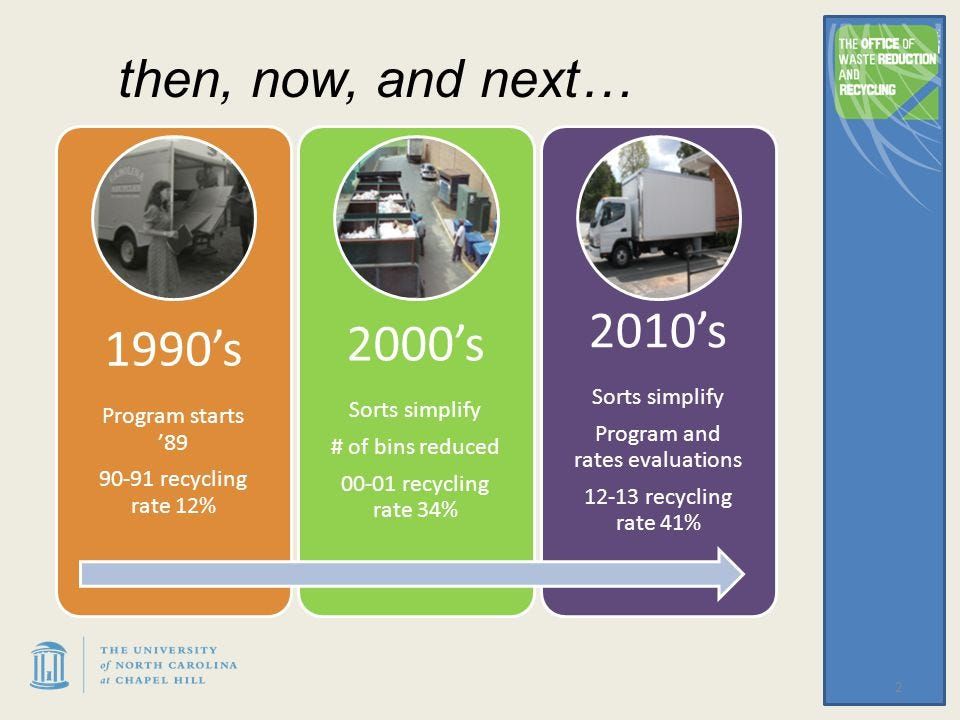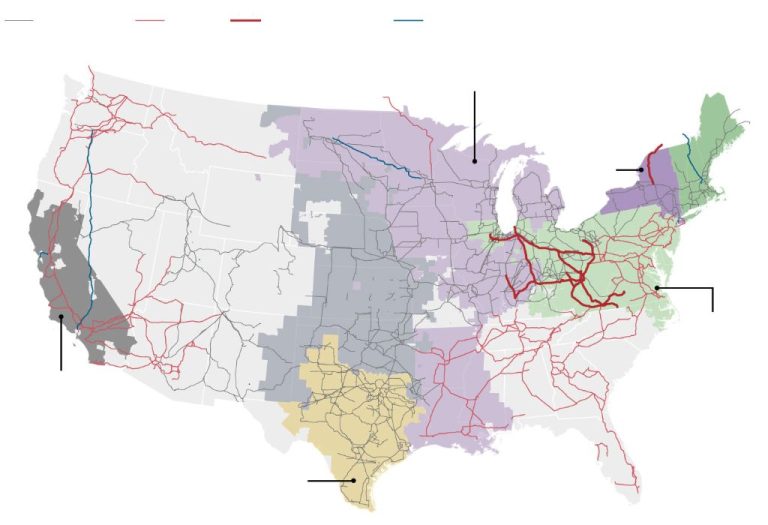What Does Rec Mean In Sustainability?
Rec stands for “recognized environmental condition.” According to the Environmental Protection Agency’s All Appropriate Inquiries Rule, a rec is defined as “the presence or likely presence of any hazardous substances or petroleum products in, on, or at a property: (1) due to any release to the environment; (2) under conditions indicative of a release to the environment; or (3) under conditions that pose a material threat of a future release to the environment.”
Recs are identified through environmental site assessments. These assessments examine a property’s historical records to look for past uses or conditions that may have led to contamination. Common recs include things like historical storage tanks, industrial/manufacturing operations, waste disposal, spills, or other releases. Identifying recs is important for managing environmental liability when purchasing commercial real estate or other properties.
The concept of a rec was first established in the 1986 Superfund Amendments and Reauthorization Act (SARA) and then further refined in the U.S. Environmental Protection Agency’s All Appropriate Inquiries Rule in 2005. Since then, recs have become a standard part of due diligence in real estate transactions and brownfield redevelopment projects.
Origins of rec
The concept of “rec” originated in the 1990s as companies and governments began exploring ways to reduce waste and encourage recycling. The term itself was coined by REC Solar, a pioneering solar energy company founded in Norway in 1996. REC originally stood for “renewable energy corporation” and was created as a holding company for companies focused on recycling waste and manufacturing solar panels.

The original context for rec was reducing waste in manufacturing and promoting recycling. REC Solar sought to exemplify sustainable business practices by utilizing recycled materials in solar panel production and operating with zero waste. This emphasis on waste reduction, reuse, and recycling represented an early model of the circular economy and sustainable production.
As rec began to gain broader traction in the 2000s and 2010s, its meaning expanded beyond just recycling. It evolved to embody the wider principles of the circular economy across the full product lifecycle. This included recycling, but also design for disassembly, refurbishment, reuse, remanufacturing, and repurposing of materials.
Rec vs recycling
Rec stands for reduction of energy consumption and is related to, but distinct from, recycling. While recycling focuses on collecting and reprocessing materials after initial use, rec aims to minimize waste and use of virgin resources in the first place through practices like reducing, reusing, and repairing products. The key differences are:
- Rec emphasizes reducing consumption and waste generation from the start of the product lifecycle, while recycling comes into play later after a product has been discarded.
- Rec practices like reuse keep materials in circulation longer, while recycling breaks down materials for remanufacturing.
- Recycling requires more energy and resources to collect, sort, process, and re-form materials, while rec minimizes the need for reprocessing.
- Rec aligns with the waste management hierarchy that prioritizes reduce, reuse, repair, and then recycle.
While recycling is crucial for diverting waste from landfills and incineration, rec takes a broader systems-level view towards minimizing resource use in the first place. The two approaches are complementary, and both rec and recycling practices are needed for a sustainable circular economy.
Types of Rec
There are several types of recycle (rec) when it comes to sustainability. The main types are upcycling, downcycling, and repurposing. https://esg.conservice.com/guide-to-renewable-energy-credits/ Upcycling refers to the process of transforming waste materials into something of higher quality and value. For example, upcycling plastic bottles into fabrics for clothing or bags. Downcycling refers to breaking down materials into those of lesser quality and value. Common examples are recycling paper into lower grade paper or plastic bottles into park benches. Repurposing involves using an item for a new purpose in its existing form rather than breaking it down. Repurposing everyday items for new uses, like using glass bottles as vases, is a form of sustainable rec.
Rec in product design
Sustainable product design principles are critical for enabling rec. Some key principles include:
Design for disassembly – Products should be designed so components can be easily separated and recovered for reuse or recycling. This includes using fasteners instead of adhesives, modular components, and easy access to parts.
According to Why sustainable product design is the need of the hour, “Designing products in a modular way enables easier disassembly for maintenance, repair, and recycling at the end of life.”
Modularity – Products should have interchangeable components that can be easily swapped out, upgraded, or replaced. This facilitates maintenance, repair, and upgrading rather than complete replacement.
As stated in Sustainable Product Design: Sustainable Design Principles, “Modular components allow for more flexibility and customization which extends product lifetimes.”
By incorporating design principles like these, products can be created with rec in mind from the start. This enables the recovery of materials, components, and parts in a way that retains their value and extends their useful life.
Rec in manufacturing
Manufacturing processes can implement closed-loop systems to reuse materials and reduce waste. This industrial form of rec enables manufacturers to extract the maximum value from resources before disposal (1). For example, manufacturing scrap metal can be recycled back into new metal products instead of being discarded. Electronics companies like Apple have adopted closed-loop recycling to recover rare earth metals from old devices (2).
Industrial rec requires planning at the product design stage. Components should be assessed for rec potential and marked for disassembly. Manufacturing processes can then be optimized to enable rec, through strategies like design for disassembly. Overall, implementing rec in manufacturing conserves virgin materials, reduces environmental impacts, and lowers costs by extracting more usefulness from resources (1).
Sources:
1. https://www.epa.gov/green-power-markets/renewable-energy-certificates-recs
2. https://www.recgroup.com/en/sustainable-production-sustainable-products
Rec in Policy
Government policies and regulations have played a major role in driving adoption of renewable energy like solar power. Many governments offer incentives for rec in the form of tax credits, rebates, renewable portfolio standards that require utilities to source a percentage of power from renewables, and more.
For example, the federal investment tax credit (ITC) in the US allows homeowners to deduct 26% of the cost of installing a solar system from their taxes. This policy has helped drive massive growth in residential solar adoption. Many US states also offer additional incentives on top of the federal ITC.
The European Union has set ambitious climate targets under the European Green Deal which aims for carbon neutrality by 2050. Part of this plan involves increased targets for renewable energy. The EU also has policies like guaranteed grid access and priority dispatch for renewable energy.
China has rapidly grown its solar market thanks in large part to government policies. Initiatives like feed-in tariffs, competitive auctions, and guaranteed purchase agreements have made China the world’s largest market for solar PV. The Chinese government has set targets to reach 1,200 GW of solar by 2030.
While government policies have accelerated solar growth, some critics argue incentives are too generous or unfairly advantage renewables over other energy sources. There is also uncertainty around how regulatory changes could impact the economics of solar in the future. Overall though, most experts agree pro-renewable policies have been crucial for expanding rec adoption globally.
Criticisms of rec
While renewable energy credits (RECs) have helped spur investment in renewable energy, they also have some limitations and challenges. Some key criticisms of RECs include:
RECs don’t always lead to additional renewable energy generation. In some cases, RECs are sold for existing renewable energy plants that would have been built anyway. This doesn’t incentivize new renewable energy capacity.1
Corporate purchases of RECs can be misleading about their actual impact on reducing emissions. Companies buy RECs to claim their operations are powered by clean energy, but this doesn’t necessarily mean less fossil fuels are burned if the RECs aren’t matched with actual renewable energy use.2
RECs focus on electricity use, while many corporate emissions come from other sources like transportation and manufacturing. So even heavy purchases of RECs may have limited impact on a company’s overall carbon footprint.3
The REC market lacks standardization and transparency in some regions. This makes it harder to verify the environmental benefits of purchasing RECs.1
Critics argue the money spent on buying RECs could be better used to fund new renewable energy projects directly. RECs may divert resources away from initiatives that could lead to deeper decarbonization.3
Future of rec
The future of renewable energy certificates (RECs) looks bright as the market expands and technologies improve. With the growing adoption of science-based carbon reduction targets like those from the Science Based Targets initiative (SBTi), demand for high-quality RECs is expected to increase significantly in the coming years.[1]
Energy attribute tracking systems like blockchain and distributed ledger technology will likely transform REC markets by providing immutable records, transparency, and the ability to follow RECs across changes of ownership.[2] This could reduce the potential for double-counting and give buyers confidence that RECs represent new renewable energy generation.
There are also ongoing efforts to better integrate REC markets with voluntary carbon markets to incentivize emission reductions beyond just renewable energy generation. Hybrid renewable energy and carbon credit products are emerging that could attract corporate and individual buyers focused on comprehensive climate impact.[2]
Despite criticisms about additionality and double counting, RECs look poised to remain an important tool for driving new renewable energy development as entities work to meet ambitious decarbonization goals.
Conclusion
In summary, renewable energy certificates (RECs) play an important role in promoting the growth of renewable energy. By providing a market-based instrument that separates renewable attributes from electricity, RECs enable organizations and individuals to financially support renewable energy projects. This helps drive further investment into renewables and accelerate the transition to cleaner energy sources.
While RECs have faced some criticism over additionality and double counting issues, robust certification programs like Green-e have helped address many of these concerns. Overall, RECs remain one of the most accessible ways for companies, governments and consumers to tangibly support renewable energy deployment and combat climate change.
As we look to rapidly decarbonize the electricity sector, RECs will continue serving a valuable function in renewable energy policy and voluntary markets. Optimizing and improving REC programs will be key to maximizing their impact and realizing their full potential as a tool for sustainability.




